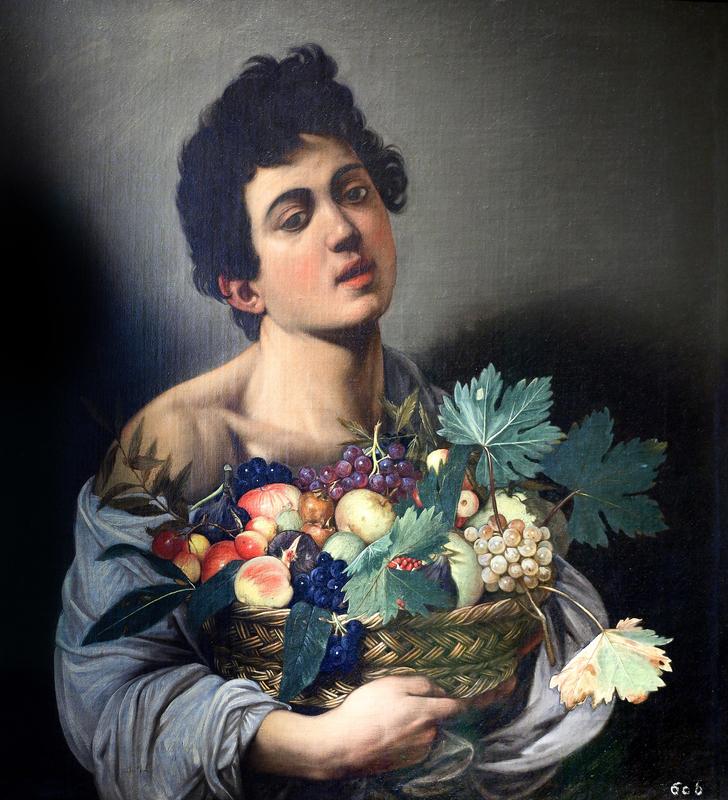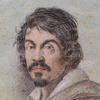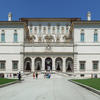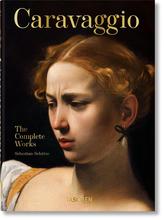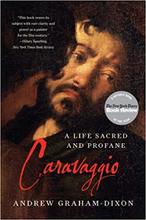More about Boy with a Basket of Fruit
- All
- Info
- Shop

Contributor
According to researchers, Caravaggio's Boy with a Basket of Fruit, or Fruttaiolo, emerged from a productive period during which the painter was an apprentice in the studio of the Cavaliere d'Arpino, artist Giuseppe Cesari.
Records indicate that Caravaggio was also living with Cesari, and that he made still life paintings during this time, although the only solidly confirmed still life of his is from a different period. Cesari, spotting Caravaggio's talent, took these still lifes and promoted them as his own, but nowadays, people are much more interested in Caravaggio's name than Cesari's. Maybe that goes to show that it pays to do your own work. A little over a decade after Caravaggio painted the Boy with a Basket of Fruit, Pope Paul V arrested Cesari, confiscated the painting, and, by some simple twist of fate, allowed it to find its way into the collection of his nephew, Scipione Borghese, whose collection formed the foundation of the collection of the Borghese Gallery, who maintain the painting to this day.
As our grandmother tells it, upon arriving in the U.S., via Ellis Island, her father asked an elder in Yiddish, "Uncle, how do I go into business as a fruit vendor?" The man told him, "You buy some apples and a pushcart, and you're in business!" Our great-grandfather couldn't muster the same kind of open-mouthed, bare-shouldered sales technique as the boy in the painting, but he did alright. Contemporaries of Caravaggio thought this boy was rural in appearance: they called him a vilico, Latin for "farmer," based on his clothing.
Although there is little evidence beyond the work itself to support it, nearly every one of the dozens of writers who have published on this painting comment that it should mark a moment in the hidden history of male hustlers, because the subject's appearance almost lays the blueprint for a certain kind of attitude and appearance which would become popular centuries later. One author suggests that the late fashion designer Gianni Versace was directly influenced by this painting to present his models in a certain kind of way. This dude probably ain't selling fruit, and few people really ever thought he was. Then again, he could be, and there's no way to know. Caravaggio always knew how to walk a fine line between masculine and feminine, religious and irreligious, adult and minor, legal and illegal, sacred and profane.
While most artists paint to comfort the already-comfortable, Caravaggio still makes many people uncomfortable, and other people love that, and the controversy itself is the work that would make him most proud. The destruction of all boundaries, of sobriety, agreement, politeness, and reason itself, would have been the prerogative of the Roman deity Bacchus, who Caravaggio portrayed in his own image. In creating a clandestine, controversial subtext to his work, Caravaggio has captured the imaginations of many generations of people.
Sources
- Drummond, Kent. "The migration of art from museum to market: Consuming Caravaggio." Marketing Theory 6, no. 1 (2006): 85-105.
- Hibbard, Howard. Caravaggio. London: Routledge, 2018.
- Matthews, Pamela R., and David McWhirter. Aesthetic Subjects. Minneapolis: University of Minnesota Press, 2003.
- Posèq, Avigdor W. G. Caravaggio and the Antique. New York: Avon, 1998.
- Shultz, Ellen. The Age of Caravaggio. New York: The Met, 1985.
- Spike, John T. Caravaggio: Catalogue of Paintings. New York: Abbeville, 2010.
- Warwick, Genevieve. Caravaggio: Realism, Rebellion, Reception. Newark, DE: University of Delaware Press, 2006.
Featured Content
Here is what Wikipedia says about Boy with a Basket of Fruit
Boy with a Basket of Fruit is an oil on canvas painting generally ascribed to Italian Baroque master Michelangelo Merisi da Caravaggio, created c. 1593. It is held in the Galleria Borghese, in Rome.
Check out the full Wikipedia article about Boy with a Basket of Fruit

